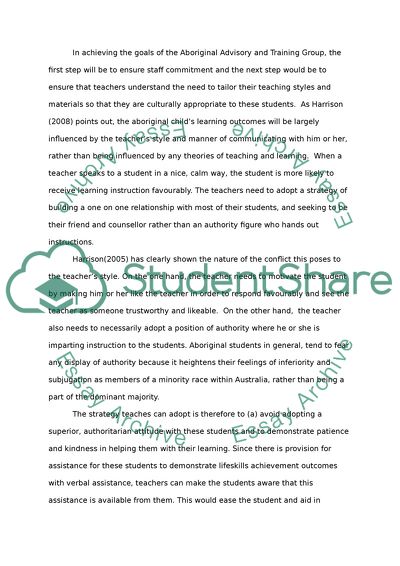Cite this document
(Aboriginal Education Coursework Example | Topics and Well Written Essays - 2000 words, n.d.)
Aboriginal Education Coursework Example | Topics and Well Written Essays - 2000 words. Retrieved from https://studentshare.org/education/1742191-aboriginal-studies
Aboriginal Education Coursework Example | Topics and Well Written Essays - 2000 words. Retrieved from https://studentshare.org/education/1742191-aboriginal-studies
(Aboriginal Education Coursework Example | Topics and Well Written Essays - 2000 Words)
Aboriginal Education Coursework Example | Topics and Well Written Essays - 2000 Words. https://studentshare.org/education/1742191-aboriginal-studies.
Aboriginal Education Coursework Example | Topics and Well Written Essays - 2000 Words. https://studentshare.org/education/1742191-aboriginal-studies.
“Aboriginal Education Coursework Example | Topics and Well Written Essays - 2000 Words”. https://studentshare.org/education/1742191-aboriginal-studies.


